As a student of child development, I have personally witnessed the adverse effects of excessive screen time on children. It is disheartening to see how it impacts their attention span, focus, and overall cognitive development.
When children spend too much time in front of screens, their ability to stay focused on tasks that require sustained attention diminishes. This limits their opportunities for problem-solving, critical thinking, and analytical skills development.
Additionally, excessive screen time hinders social interaction, emotional regulation, and language development.
It is crucial that we address this issue to ensure the healthy development of our children.
Key Takeaways
- Excessive screen time negatively affects attention span, focus, and the ability to concentrate.
- Excessive screen time hinders physical development, including gross motor skills and coordination.
- Excessive screen time leads to decreased social interaction, emotional regulation, and empathy.
- Increased screen time is associated with delayed language development and limited exposure to language-rich environments.
Negative Effects on Attention Span and Focus
Excessive screen time negatively affects my attention span, focus, and ability to concentrate. Research has shown that prolonged exposure to screens can have detrimental effects on academic performance and long-term brain development.
When I spend excessive time in front of screens, my ability to stay focused on tasks that require sustained attention decreases. This can have a direct impact on my academic performance, as it becomes difficult for me to concentrate and absorb information.

Moreover, excessive screen time limits my opportunities to engage in problem-solving activities, hindering the development of critical thinking and analytical skills.
The long-term effects on brain development are concerning, as excessive screen time can lead to shorter attention spans and a decreased ability to concentrate, which can impact my learning abilities and overall cognitive development.
Hindrance to Physical Development
Spending too much time in front of screens can hinder my physical development, affecting my gross motor skills and coordination. This excessive screen time can have a detrimental impact on my language development as well.
Here are the key points to consider:
-
Hindrance to Physical Development:
-
Excessive screen time can lead to poor gross motor skills.
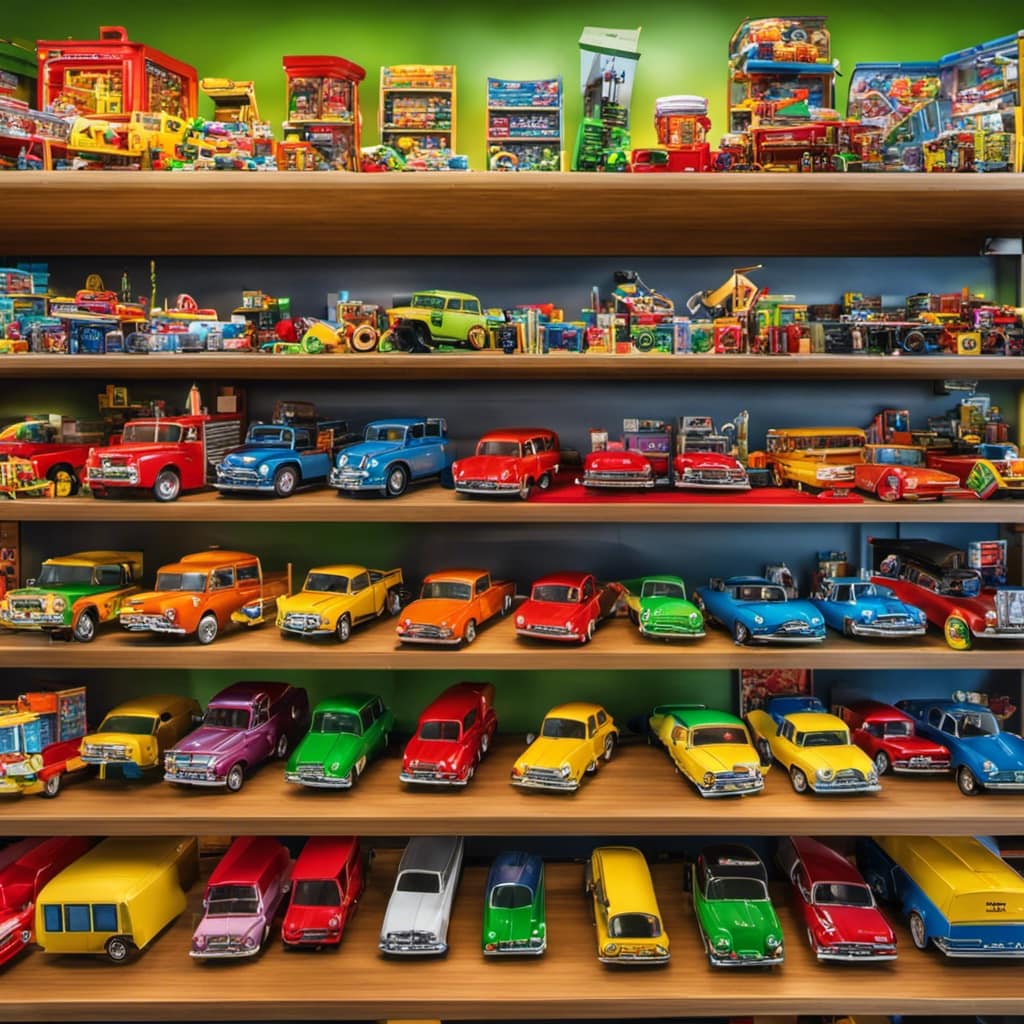
-
Coordination may be negatively affected by spending too much time in front of screens.
-
Impact on Language Development:
-
Excessive screen time reduces opportunities for interaction and limits exposure to language-rich environments.
-
It can hinder the development of social skills essential for effective communication.
Research shows that excessive screen time can contribute to sedentary behavior, weight gain, decreased muscle strength, and poor coordination. It also hinders language development and communication skills. It’s important to find a balance and limit screen time to promote healthy physical and language development.
Decreased Social Interaction and Emotional Regulation
Lack of face-to-face interaction and limited social engagement can result from excessive screen time, making it difficult for me to regulate my emotions effectively. Research has shown that excessive screen time has a negative impact on social skills and emotional well-being in children. When children spend too much time in front of screens, they miss out on opportunities for real-life interactions and social connections. This can lead to decreased social interaction and limited development of important social skills such as turn-taking and nonverbal communication. Additionally, excessive screen time has been linked to difficulties in emotional regulation, leading to more frequent mood swings and decreased empathy. It is important to find a balance between screen time and real-life social interactions to promote healthy social and emotional development in children.
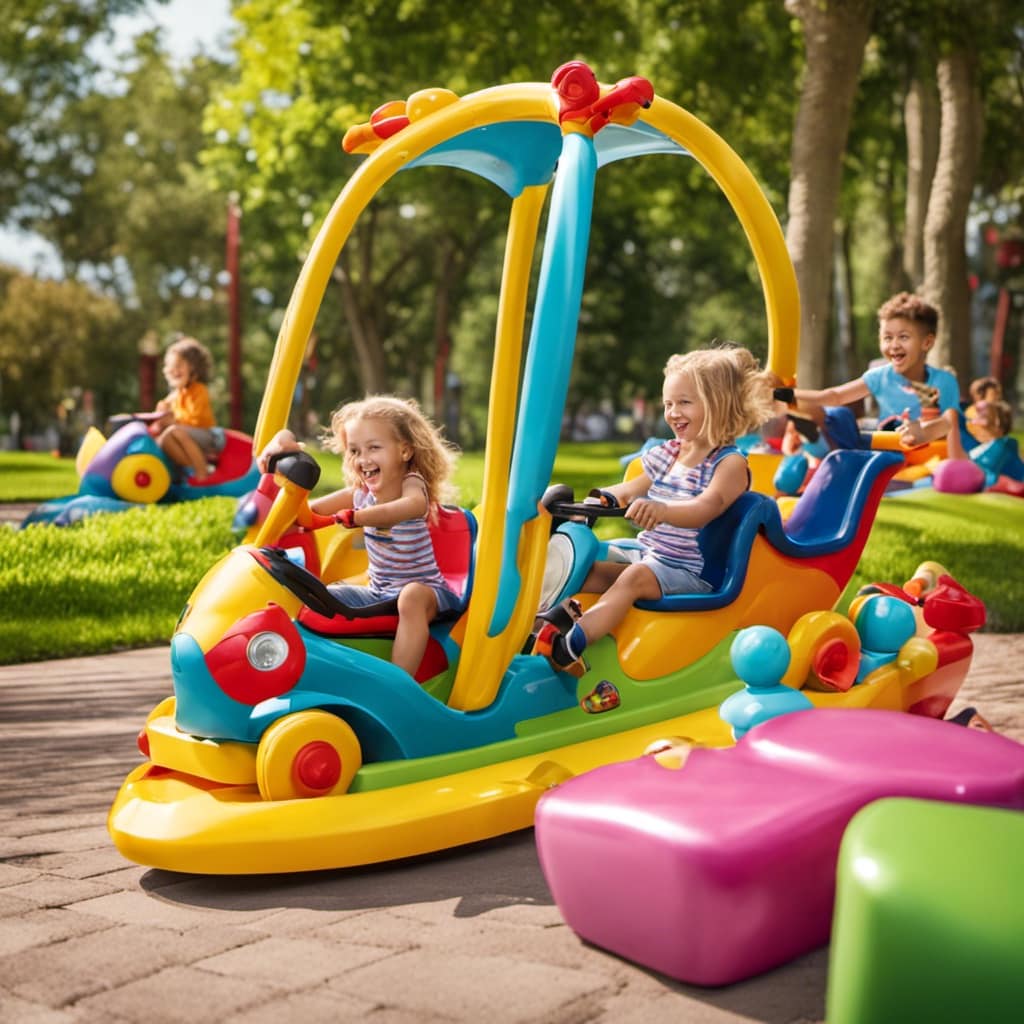
| Effects of Excessive Screen Time on Social Skills and Emotional Well-Being | |
|---|---|
| Decreased social interaction | Limited opportunities for face-to-face interaction |
| Limited development of social skills | Difficulty in turn-taking and nonverbal communication |
| Struggles with emotional regulation | More frequent mood swings |
| Decreased empathy | Desensitization to emotions portrayed on screens |
Table: Effects of Excessive Screen Time on Social Skills and Emotional Well-Being
Impact on Language Development
Engaging in screen activities for extended periods can hinder my language development and limit exposure to language-rich environments. This has a significant impact on my vocabulary development and social skills.
Effects on vocabulary development:
- Excessive screen time reduces opportunities for me to interact with others and limits my exposure to language-rich environments.
- Spending more time in front of screens may result in a smaller vocabulary compared to engaging in face-to-face interactions.
Impact on social skills:
- Excessive screen time can hinder the development of social skills essential for effective communication, such as turn-taking and eye contact.
- Limited social interaction due to excessive screen time can lead to decreased empathy and difficulty in understanding and expressing emotions.
Research shows that excessive screen time negatively affects language development and social skills. It is crucial to balance screen activities with other activities that promote language-rich environments and social interactions.
Cognitive Effects: Shorter Attention Spans and Difficulty Concentrating
I struggle with shorter attention spans and find it difficult to concentrate when I spend a lot of time in front of screens. Research shows that excessive screen time can have a significant impact on academic performance and long-term cognitive effects.

Prolonged screen exposure has been linked to shorter attention spans and a decreased ability to concentrate. This can lead to difficulties staying focused on tasks that require sustained attention, ultimately affecting academic performance.
Additionally, excessive screen time limits opportunities for active engagement in problem-solving activities, hindering the development of problem-solving skills. Critical thinking and analytical skills may also be compromised due to the limited cognitive stimulation provided by screens.
It is important to recognize the potential negative effects of excessive screen time and implement strategies to promote healthy cognitive development in children.
Lack of Problem-Solving Skills
As I mentioned earlier, excessive screen time can have a negative impact on a child’s cognitive development. One specific area that is affected is their problem-solving skills. Due to the amount of time spent in front of screens, children may lack opportunities to actively engage in problem-solving activities. This lack of active engagement can hinder the development of problem-solving strategies and skills.
Research has shown that excessive screen time can lead to a shorter attention span and a decreased ability to concentrate. These factors further contribute to the hindered cognitive development in children. Without the chance to actively problem-solve and think critically, children may struggle when faced with challenges in their daily lives.
In order to foster healthy cognitive development, it is important to limit screen time and provide children with ample opportunities for hands-on problem-solving activities. This will help them develop the necessary skills to navigate and solve problems in various contexts.

Limited Opportunities for Critical Thinking and Analytical Skills
Children’s limited exposure to hands-on problem-solving activities and critical thinking opportunities, resulting from excessive screen time, can hinder the development of their analytical skills.
Research has shown that excessive screen time reduces the time children spend engaging in real-world problem-solving tasks, such as building blocks or puzzles. These activities require critical thinking and analytical skills, which are essential for cognitive development.
When children are constantly glued to screens, they miss out on opportunities to think critically, analyze information, and find creative solutions to problems. This limited exposure to critical thinking can hinder the development of their analytical skills, making it harder for them to approach complex problems and think critically in various aspects of their lives.
It is important to provide children with a balance between screen time and hands-on activities to foster the development of their analytical skills.
Limited social interaction and decreased emotional regulation can result from excessive screen time. It is important to understand the impact of screen time on social skills and emotional well-being in children.
Research has shown the following effects:
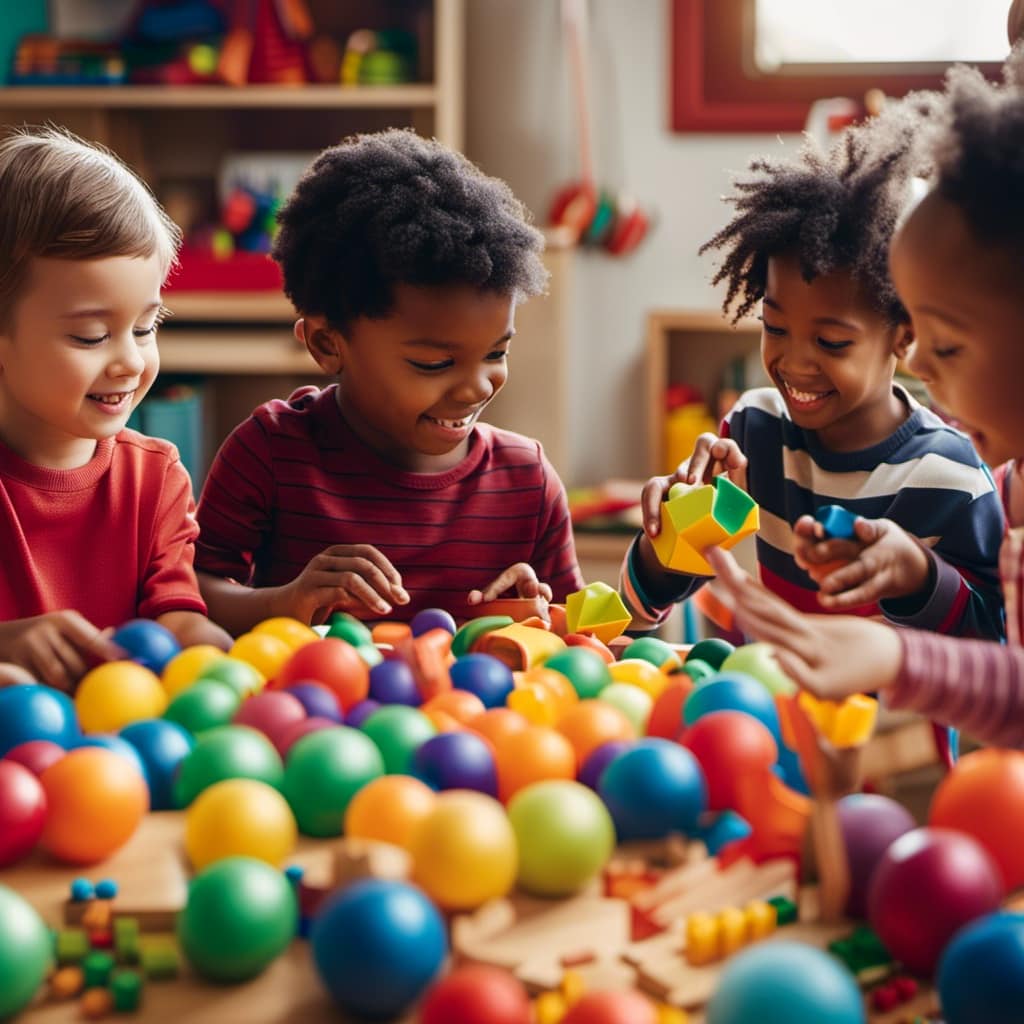
-
Impact on Social Skills:
-
Excessive screen time can lead to limited face-to-face interaction and decreased opportunities for socializing.
-
Children who spend excessive time in front of screens may struggle with turn-taking and nonverbal communication skills.
-
Impact on Emotional Well-being:
-
Excessive screen time can hinder emotional regulation, leading to more frequent mood swings.
-
Children may become desensitized to emotions portrayed on screens, resulting in a decrease in empathy.
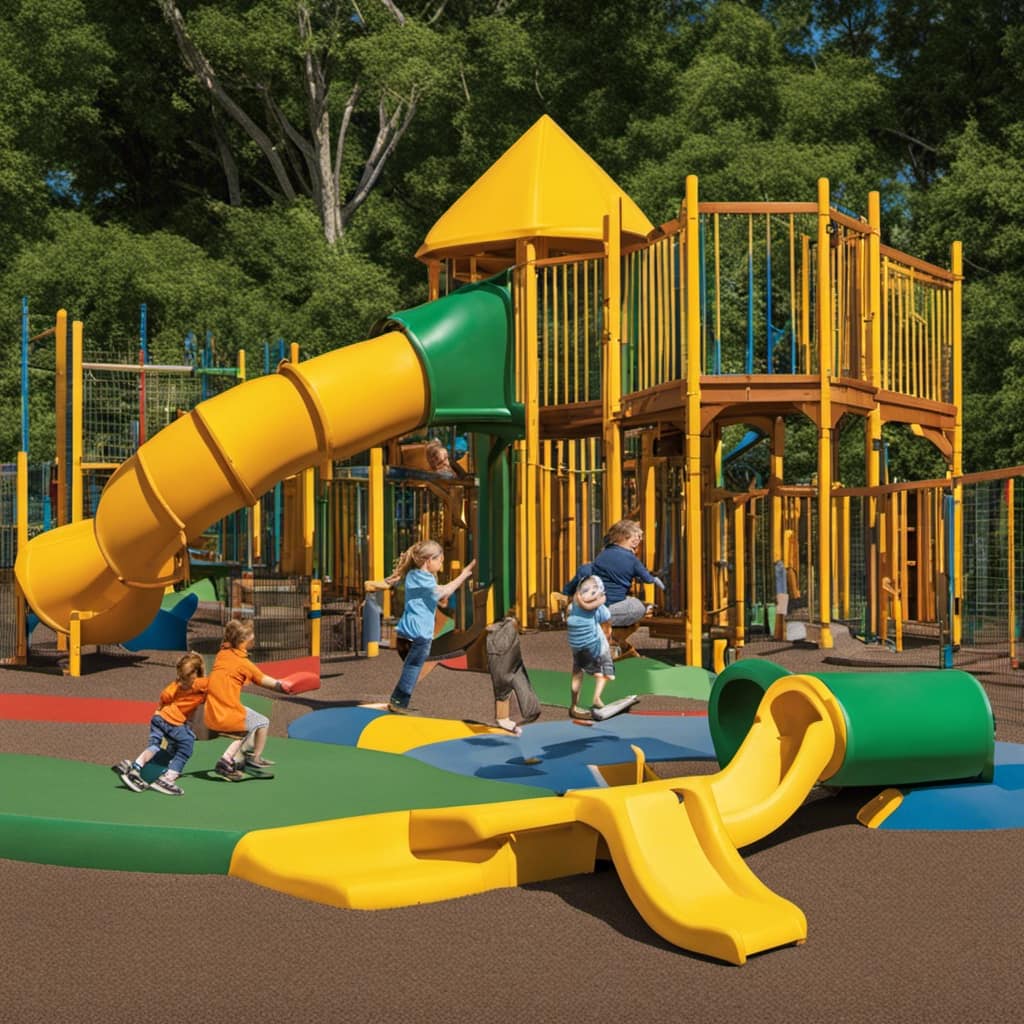
Understanding these effects is crucial in promoting healthy child development. By monitoring screen time and encouraging alternative activities, we can help children develop strong social skills and emotional well-being.
Impaired Empathy and Desensitization
I’ve noticed that spending too much time in front of screens can make it harder for me to understand and relate to the emotions of others. This phenomenon is known as empathy deficits and emotional desensitization. Research has shown that excessive screen time can lead to a decrease in empathy, as individuals become desensitized to emotions portrayed on screens. This can result in a difficulty in recognizing and understanding the feelings of others, leading to a lack of emotional connection and decreased social interaction.
To further understand the impact of excessive screen time on empathy deficits and emotional desensitization, let’s take a look at the following table:
| Effects of Excessive Screen Time on Empathy and Emotional Regulation |
|---|
| Decreased ability to recognize and understand emotions in others |
| Limited capacity to empathize and connect with others emotionally |
| Reduced social interaction and engagement with peers |
| Impaired emotional regulation and increased mood swings |
As we can see, excessive screen time can have detrimental effects on our ability to empathize and connect with others on an emotional level. It is important to be mindful of our screen time and prioritize face-to-face interactions to foster healthy emotional development.
Effects on Language and Communication Skills
In my research, I have found that excessive screen time can have significant effects on a child’s language and communication skills. One of the key impacts is delayed vocabulary acquisition. Children who spend more time in front of screens may have a smaller vocabulary compared to those who engage in face-to-face interactions. This is because excessive screen time reduces opportunities for children to interact with others and limits exposure to language-rich environments.
Additionally, screen time can hinder the development of social skills essential for effective communication, such as turn-taking and eye contact. As a result, children may struggle with limited social skills, making it harder for them to engage in conversations and form meaningful connections with others.
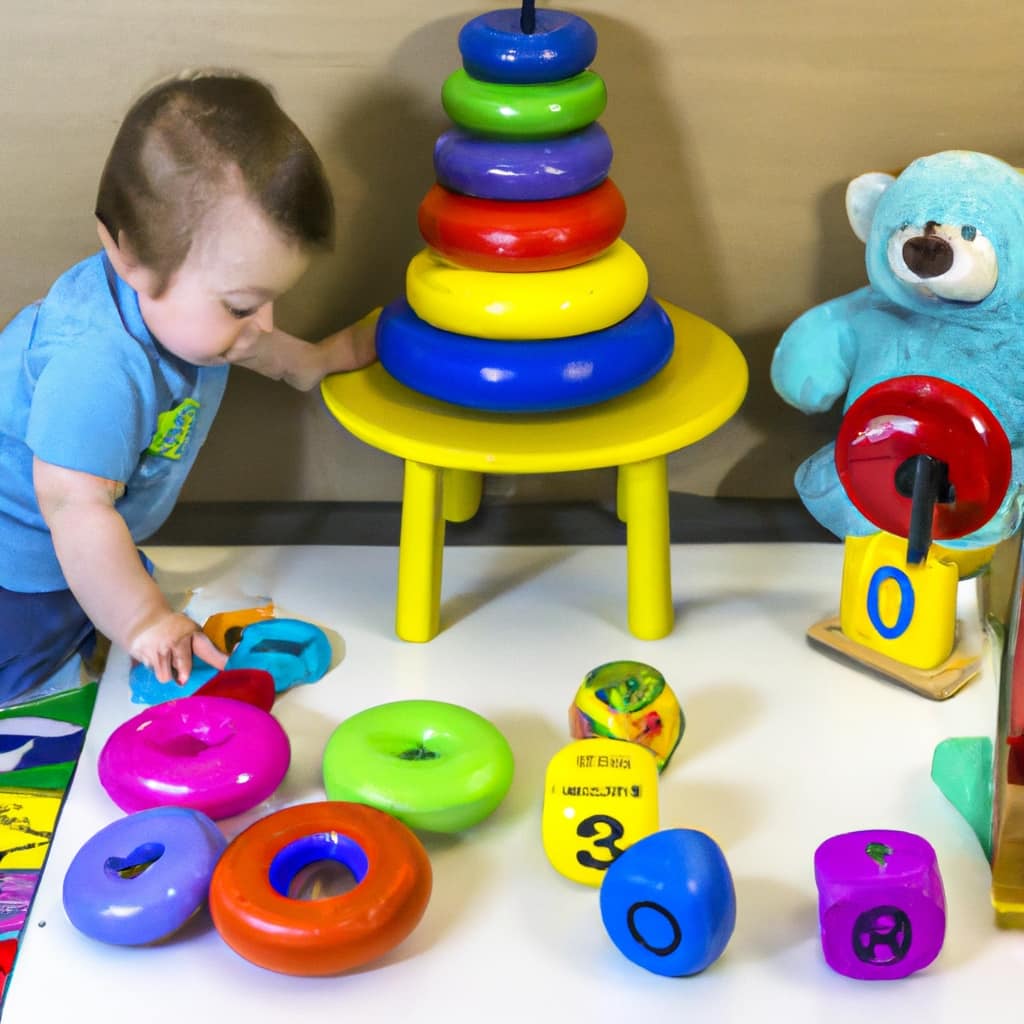
It is crucial to recognize these effects and find a balance between screen time and other forms of communication to support healthy language development and social skills in children.
-
Delayed vocabulary acquisition
-
Excessive screen time reduces opportunities for interaction and exposure to language-rich environments.
-
Children who spend more time in front of screens may have a smaller vocabulary compared to those who engage in face-to-face interactions.
-
Limited social skills
-
Excessive screen time hinders the development of social skills essential for effective communication, such as turn-taking and eye contact.
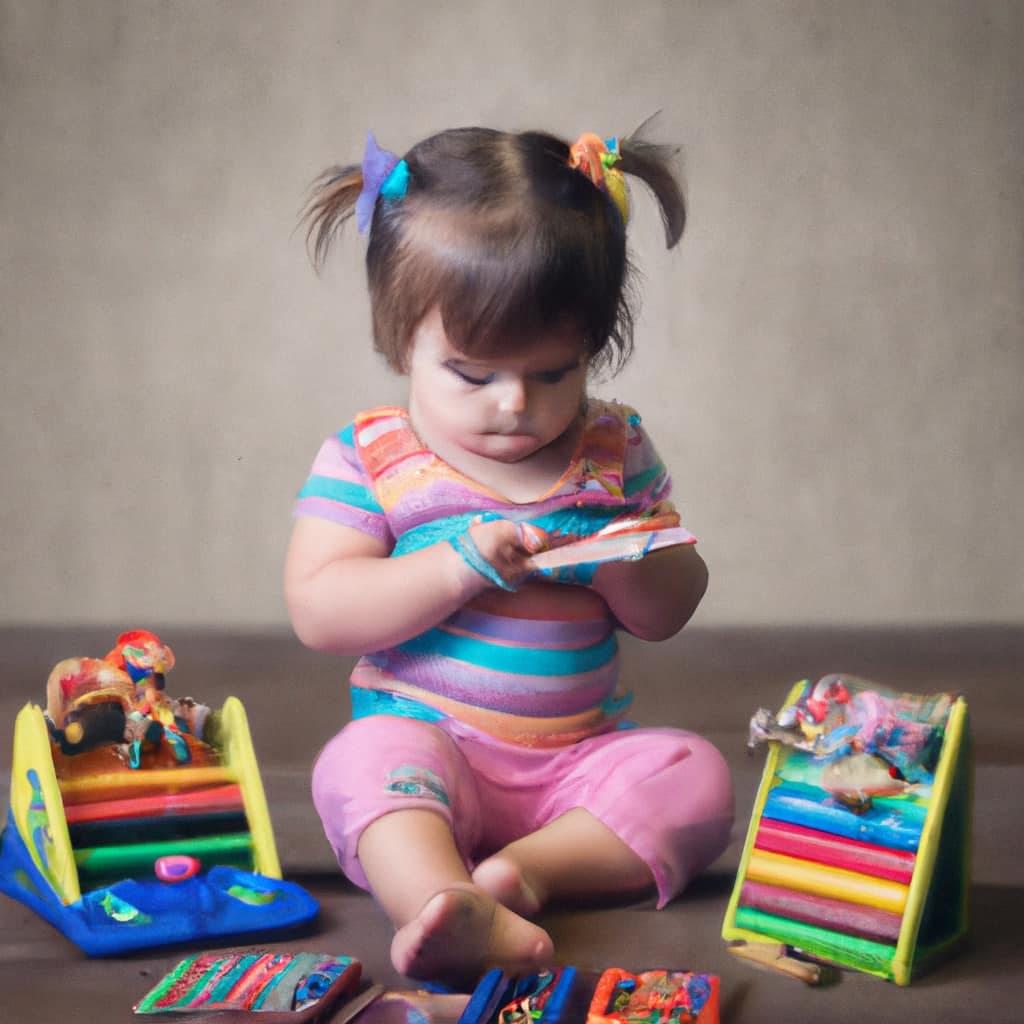
-
Children may struggle with limited social skills, making it harder for them to engage in conversations and form meaningful connections with others.
Frequently Asked Questions
What Are Some Strategies Parents Can Use to Limit Their Child’s Screen Time and Encourage More Face-To-Face Interaction?
To limit my child’s screen time and encourage more face-to-face interaction, I can set clear boundaries, create tech-free zones, engage in activities together, promote outdoor play, and foster open communication about the importance of real-life connections.
How Does Excessive Screen Time Affect a Child’s Ability to Regulate Their Emotions and Handle Mood Swings?
Excessive screen time can hinder a child’s ability to regulate emotions and handle mood swings. It also impacts social skills, making it harder to interact and communicate effectively. Research shows these effects on cognitive development are significant.
Are There Any Benefits to Screen Time That Can Outweigh the Negative Effects on Language Development and Communication Skills?
There are some potential benefits to screen time, such as improved cognitive development. However, it is important to consider the negative impact excessive screen time can have on language development and communication skills.
Can Excessive Screen Time Lead to Long-Term Physical Health Issues, Such as Obesity or Muscle Weakness?
Excessive screen time can lead to long-term physical health issues like obesity and muscle weakness. It also has negative effects on cognitive development, such as shorter attention spans, and impacts social skills.
Are There Any Specific Types of Screen Activities That Have Been Shown to Have a More Negative Impact on Child Development Compared to Others?
Yes, certain types of screen activities have a more negative impact on child development. Excessive screen time can lead to decreased attention span, limited social skills, delayed language development, and hindered problem-solving skills. Strategies to limit screen time and encourage face-to-face interaction are essential.

Conclusion
In conclusion, excessive screen time has a significant impact on the development of children. It affects their attention span, physical development, social interaction, emotional regulation, language skills, and cognitive abilities. Research has shown that children who spend more time in front of screens have shorter attention spans and difficulty concentrating. This hinders their ability to engage in sustained tasks. Furthermore, excessive screen time limits opportunities for critical thinking and problem-solving. It also impairs social skills and empathy, and delays language development.
It is important for parents and caregivers to be aware of these negative effects. They should take steps to limit screen time for the overall well-being and development of children. One interesting statistic to note is that children who spend more than 2 hours per day on screens are more likely to have delayed language development compared to those who have limited screen time. This statistic highlights the importance of promoting language-rich interactions and reducing screen time to support children’s language skills and communication abilities.
By prioritizing quality interactions and reducing screen time, parents can help foster optimal child development.
